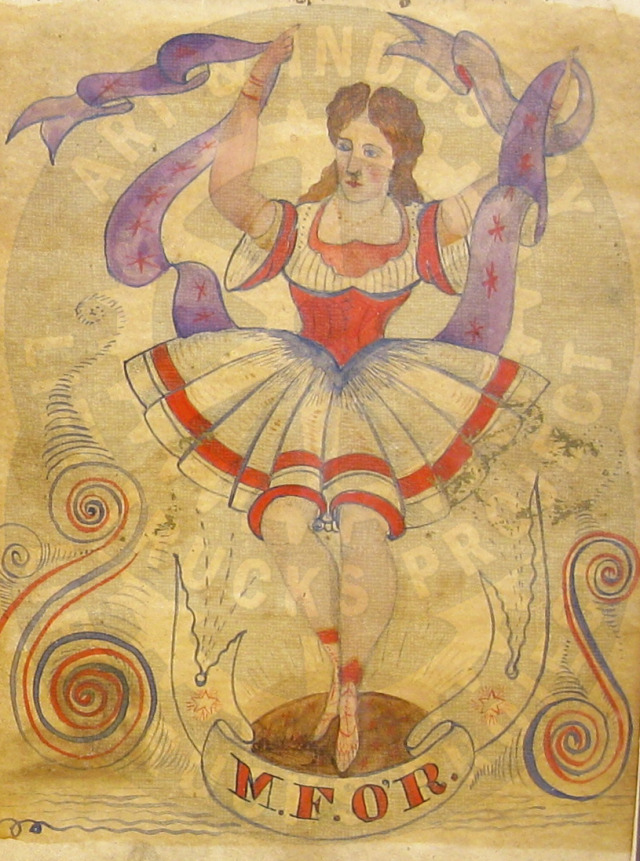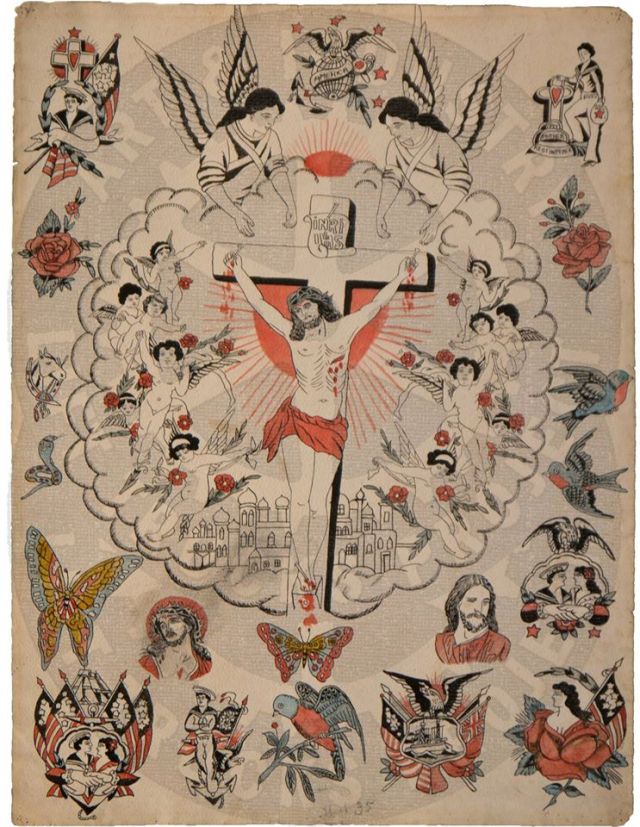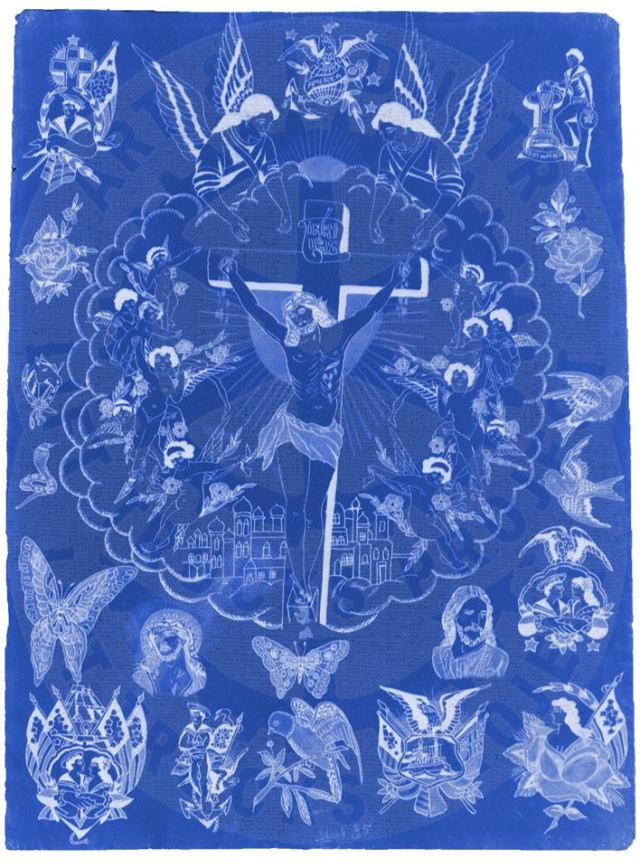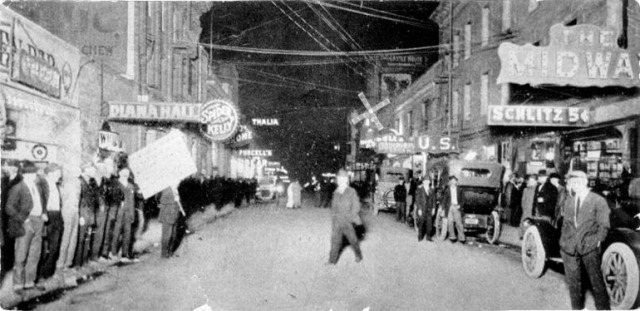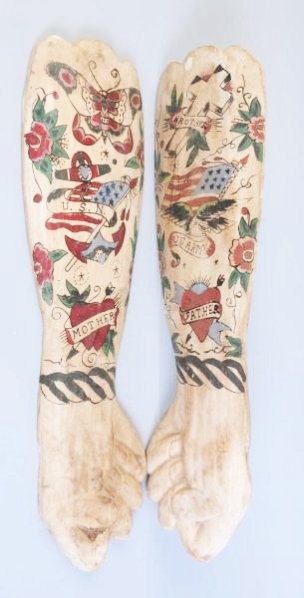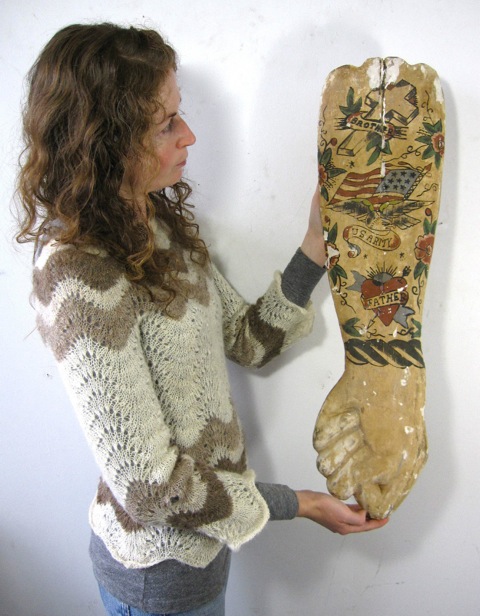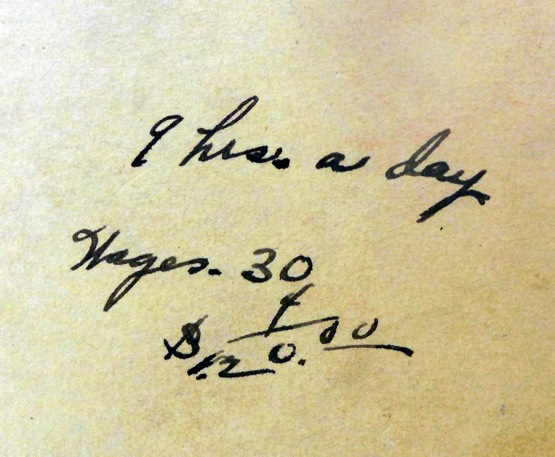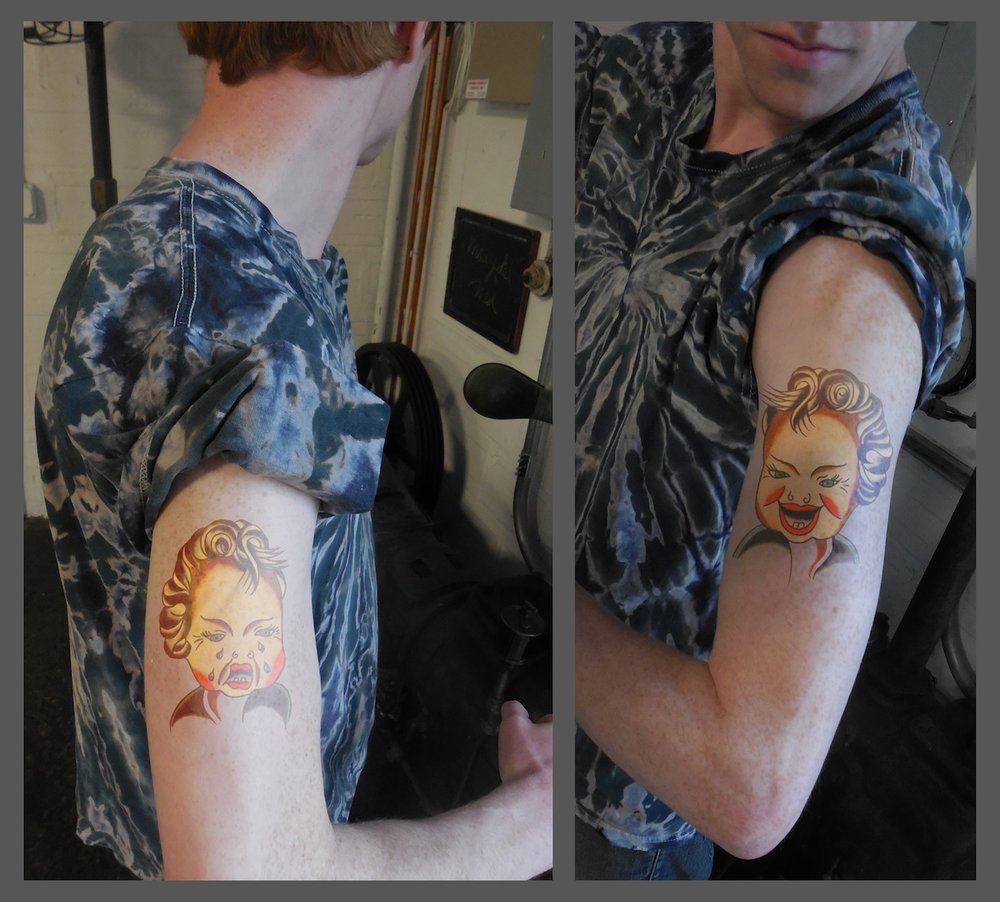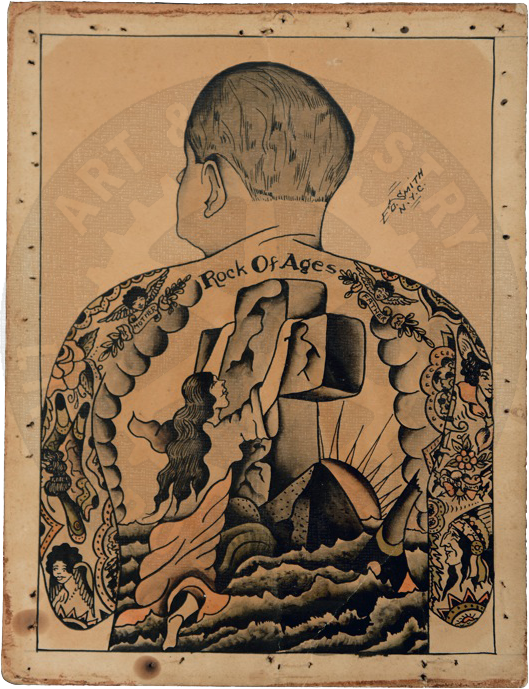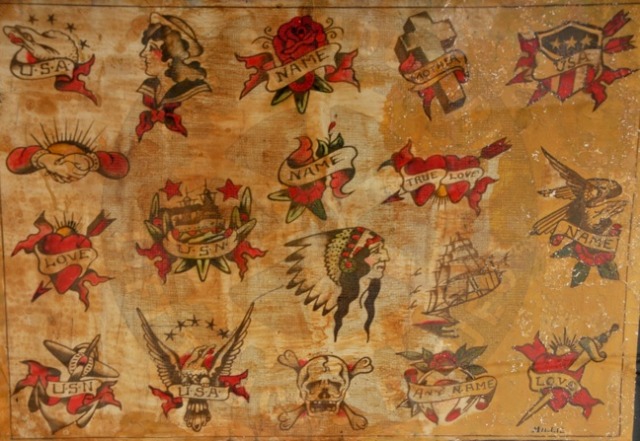Cranes are common symbols and themes in the folklore of East Asia, including Japan. The Grateful Crane or the Crane Wife is a particularly well-known tale in Japan, see the resources below:
“The Grateful Crane” (Japanese fairy tale)
 Thomas Berg, circa 1910 (Detail)
Thomas Berg, circa 1910 (Detail)
Cranes are an important motif in Chinese mythology. There are various myths involving cranes, and in Chinese mythology cranes are generally symbolically connected with the idea of immortality (Eberhard, 1983: 75-76). Chinese mythology refers to those myths found in the historical geographic area of China. The geographic area of "China" is of course a concept which has evolved of changed through history. Cranes in Chinese mythology include myths in Chinese and other languages, as transmitted by Han Chinese as well as other ethnic groups (of which fifty-six are officially recognized by the current administration of China). (Yang 2005:4) The motifs of cranes may vary in a range from reference to real cranes (such as the Red-crowned Crane) to referring to transformed Taoist immortals (xian), who sometimes were said to have magical abilities to transform into cranes in order to fly on various journeys.

Samuel F. O'Reilly, circa 1880s (detail)

